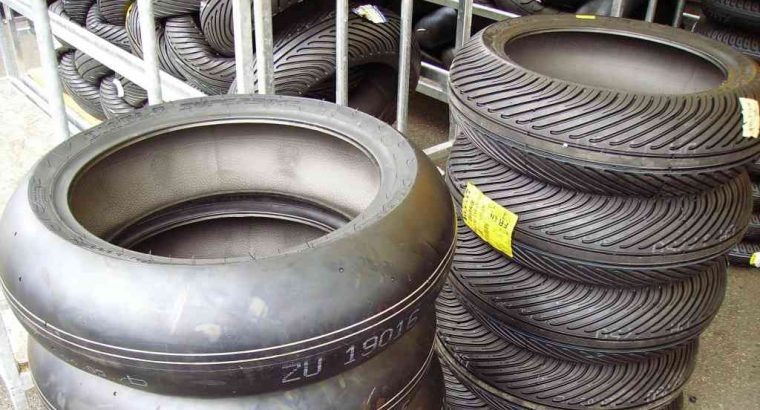Café Racer Tires: How You Know You Need a Change
One of things I usually find very hard to get over is just how beautiful a custom made café racer looks. I have watched countless people make them from scratch and one thing that always puzzles me is the little effort that people will put in the tires. Even in the case of riders who buy professionally assembled bikes, the tires are always a concern. While the tires might not score a lot in terms of aesthetic appeal but tires do have a lot of points. You have to know when they need a change.
Thread depth

Another savvy trick you can use if your tires do not have the wear bars is the honest Abe old penny technique. Just dip the penny in random areas of the tire. The head of Abe should be considerably covered. If not, you need to make a change.
Age
I wouldn’t need to say much about the age but given that some riders tend to take their bikes out more often, the age trick might be subject to some factors. Ideally, the life of your café racer should not go past five years. You can feel free to extend this up to 10 years if you rarely use your bike.
Cracking
Just like most of the other things that you might come across, with aging comes a lot of cracking. Even your mighty rubber is not immune to the effects of the sun. If the tires have been exposed for a significant amount of time, then you should expect them to show some cracks. No matter how small the cracks might be, they should still concern you.
Check your pressure
Any rider knows the importance of having the proper amount of pressure in their tires. As a result, whenever you’re checking the tires, notice the rate at which they are losing pressure, if it happens to be too rapid, then you need to ensure you get new tires.
Conclusion
There are other signs that are quite obvious though in most instances, if I were you I would not wait until it gets to that point. Some of these would be an odd feeling while you’re on the ride and the obviously increased breaking distance as well as the obviously smooth feeling.

